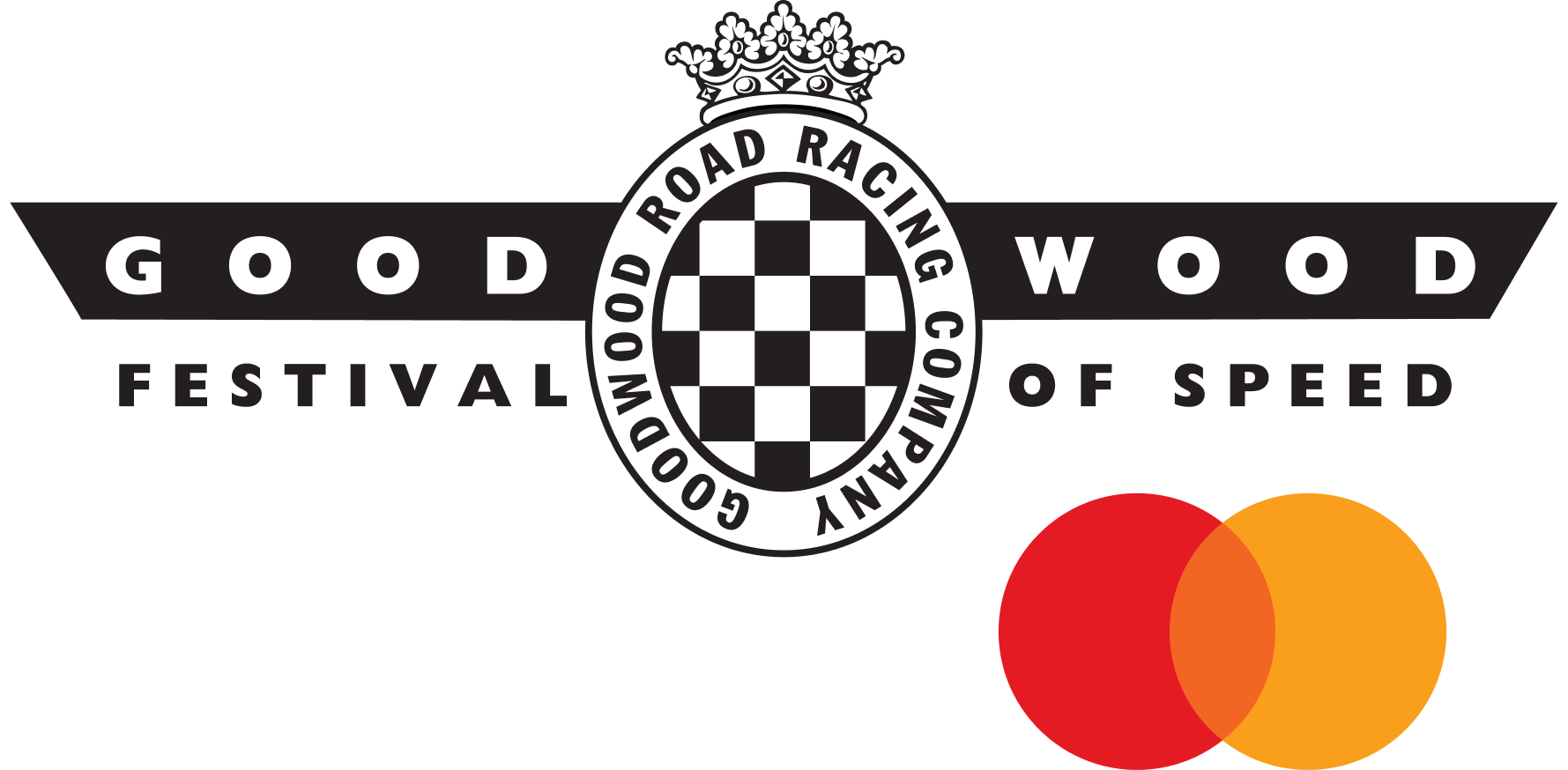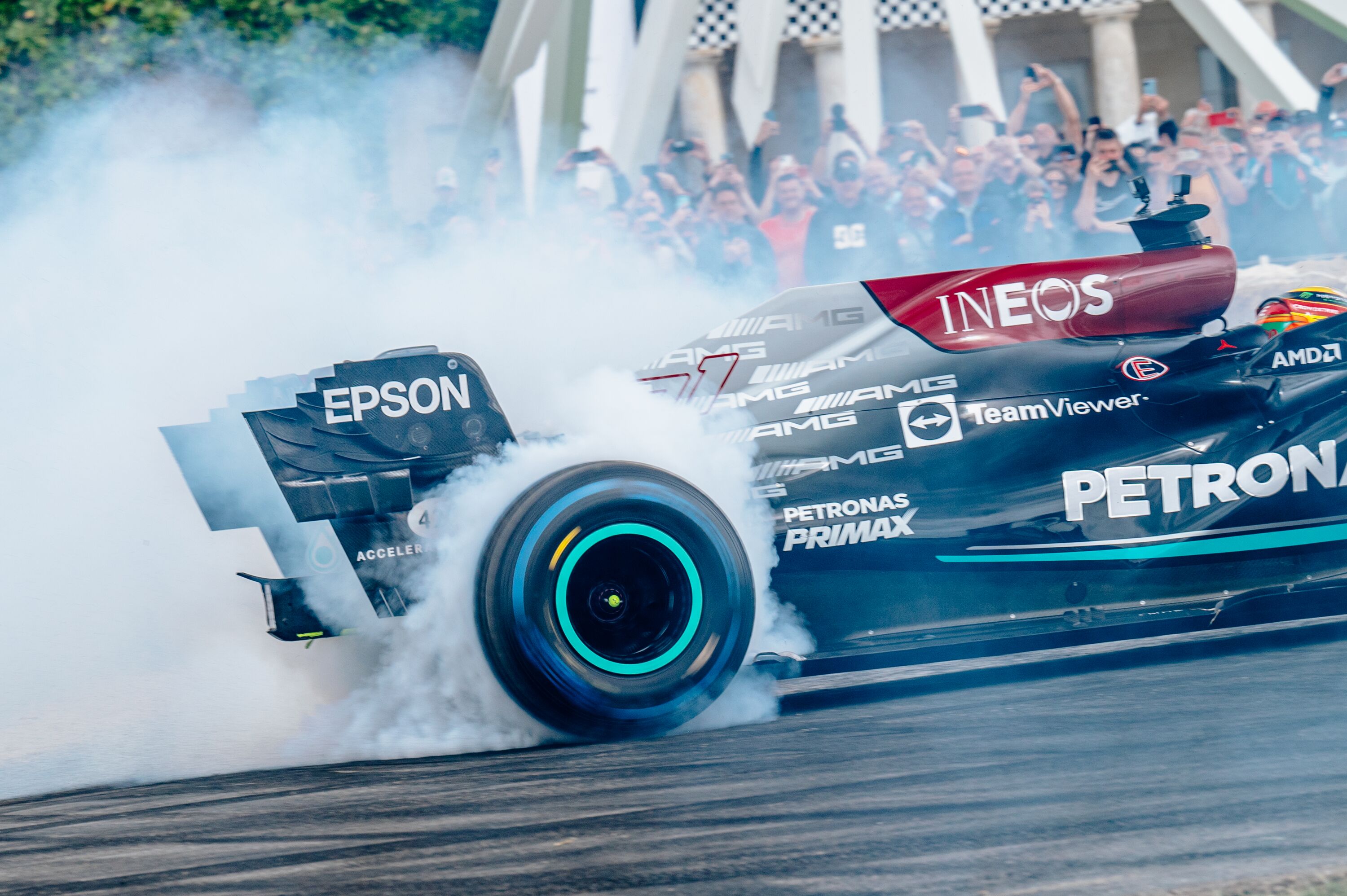What if the 2023 F1 teams raced with their best road cars?
The wait is almost over. A new Formula 1 season is set to kick off this weekend when the lights go out for the first time at the 2023 Bahrain Grand Prix.

This time last year, a far greater deal of uncertainty hung over the grid as a result of the much-anticipated new-for-2022 technical regulations. No such doubts really exist this time round, with only very minor changes to the way the cars need to be designed and raced producing a period of stability that’s seen most pre-season chatter focus on off-track ramblings.
Indeed, a lot of pre-season focus this year has centred around renewed car manufacturer interest in F1. Ford has revealed plans to return in 2026 in partnership with Red Bull, rumours of Honda picking up the pieces of their engine project and turning it into a fresh works team have never been far away, General Motors and Andretti are desperate to get the Cadillac name on the grid, while Audi confirmed a deal with Sauber for 2026 at the back end of last season.
It got us thinking – what would the Formula 1 World Championship look like if the current teams fielded their best road cars, or at least, the closest relations we can find where this isn’t possible? Here’s how we see our alternative championship unfolding.

1. Aston Martin Valkyrie
There’s is a very tenuous case to be made for the Aston Martin Valkyrie to be Red Bull’s entry on this list. After all, the most extreme Aston ever’s technical direction was shaped with the assistance of Adrian Newey, when Aston’s involvement in F1 only extended as far as a sponsorship deal with Red Bull. The original name even referenced the tie up – the Valkyrie was known as the AM-RB 001 during development. Red Bull influence is certainly seen in the astonishing aero package the Valkyrie fields, made all the more amazing when you consider this is a road legal car. A track going AMR Pro version with borderline LMP1-suitable aero takes things a step further, but we reckon the licence plate wearing Valkyrie, with its 1,160PS (865kW) KERS assisted 6.5-litre Cosworth V12 is probably fast enough to win the argument for Aston.

2. Mercedes-AMG One
Mercedes may lay claim to having the perfect car for the job, given that the AMG One is a direct road-going development of the firm’s F1 technology. It’s been through a tricky birth, but this really is a real road car powered by a Formula 1 powertrain. It makes use of a modified the PU106B spec 1.6-litre V6 turbo hybrid powertrain used in the team’s 2015 title winning car, with combined power output raised to 1,063PS (782kW) but key changes including a lower idle and redline. The AMG One can travel on electric power only, too, thanks to a pair of front-axle e-motors. It’s already claimed a serious scalp in the hypercar world by setting a new lap record for production cars around the Nurburgring.

3. Ferrari SF90 Stradale
Ferrari’s first plug-in hybrid supercar is also the fastest production Prancing Horse to lap the firm’s Fiorano test track, so it has to be the Scuderia’s entry. What makes the SF90 Stradale so fast? Not only is the power output humongous, its electrically assisted 4.0-litre twin-turbocharged V8 producing 1,000PS (735kW), but numerous new developments include an eight-speed transmission that’s lighter than Ferrari’s old seven-speed unit, Electric Slip Slide Control for independent four-wheel torque vectoring and a new chassis constructed of a combination of aluminium and carbon-fibre. The end result? The SF90 weighs 1,570kg despite the additional weight burden of its plug-in hybrid system, and can crack 0-62mph in just 2.5 seconds.

4. McLaren F1
Of course, McLaren’s entry would have to be the car some consider to be the greatest supercar of all. The name is perfect, and of course, it comes with plenty of Formula 1 experience in its engineering, Gordon Murray developing the F1 on the back of years of experience working within the Woking outfit’s racing department and previously for Brabham. So much about the F1 was revolutionary and still astonishing to this day – think the central driving position, the flyweight construction tipping the scales at just 1,138kg, the golf foil lined engine bay home to the 627PS (461kW) 6.1-litre BMW V12. It simply demolished the Jaguar XJ220 to become the world’s fastest production car by absolute miles, its 240mph top speed only bettered in 2005 by the Bugatti Veyron.

5. Alfa Romeo Giulia GTAm
Alfa Romeo is on the verge of revealing a new supercar, tipped to take on the 6C name. But until it arrives, the best thing the brand can offer is the track-honed version of its Giulia supersaloon - the limited run Giulia GTAm. It certainly looks the part, bulking out the Giulia’s elegant compact executive shape with some serious track toy intent. Extended wheel arches, a front apron with an aggressive splitter, a huge rear wing that looks like it belongs on an Impreza WRX STI, and an imposing rear diffuser cloak a car that’s 100kg lighter than the regular Giulia. The engine remains as you’ll find in the Giulia Quadrifoglio, but the guttural 2.9-litre turbocharged V6 developed by Ferrari develops 540PS (397kW) in this application.

6. Alpine - Alpine A110 R
Renault’s decision to rebrand its Formula 1 operation under its Alpine sports car brand means that the Enstone squad can draw on the talents of one of the best handling sports cars money can buy. The A110 R sheds 34kg from the weight of the regular car, embraces fixed aero in the form of a large rear wing, while the power produced by the turbocharged 1.8-litre four-cylinder engine steps up to 304PS (224kW). The end result? The fastest Alpine ever, with 0-62mph coming in just 3.9 seconds.

7. Williams – MG Metro 6R4 Clubman
Which road car is best suited to represent Williams presents one of the more interesting conundrums. The Oxfordshire-based team has never had a road car programme of its own, but it has lent its expertise – or its name – to a number of automotive projects beyond its usual realm. It co-developed the stillborn Jaguar C-X75 hybrid supercar, but a limited production run was cancelled. The most famous ‘Williams’ road car is undoubtedly the Clio Williams – genesis of the hot Clio before Renaultsport began cranking out the likes of the V6 and 182 Trophy. But the F1 outfit had no involvement in its creation at all. The Metro 6R4, then, of which around 200 were made in road-legal ‘Clubman’ form for homologation purposes, serves as Grove’s representative. It was responsible for developing the Group B monster.

8. Haas – Dino 308 GT4
America’s only F1 team (for now, at least), isn’t explicitly from an automotive background. Haas makes CNC machines, mills and lathes, of which some of its customers use to make cars. It supplies Ginetta, for example, with some of the machinery it uses to build some of its competition cars here in the UK. But perhaps the most well established automotive link the Haas outfit has to road cars comes from the close technical partnership the squad has formed with Ferrari, since arriving on the grid in 2016. Criticism levelled at Haas by rivals up and down the grid has gone as far labelling it a Ferrari B-team. While that’s probably unfair, it does provide us with a cheeky opportunity to tie the team’s entry in this competition to the Dino 308 GT4. This was the last car to be launched by Ferrari under its Dino sub-brand, though the V8 2+2 was incorporated into the main Ferrari line-up in 1976.

Photo © Albert Bridge (cc-by-sa/2.0)
9. Red Bull – Red Bull promotional Mini
Remember seeing these on the streets in the 2000s? Before Red Bull became a major force on the Formula 1 grid, it was using converted Mini hatchbacks bearing giant cans of its caffeinated Coke rival to promote its wares. Red Bull’s involvement with the Aston Martin Valkyrie notwithstanding, the team’s limited road car experience extends to lending its branding to special edition versions of the Vantage and the Renaultsport Megane. Red Bull has revealed plans for a hypercar of its own, which will be badged RB17. But it can’t feature on this list for two reasons. Firstly, it will bw track-only toy and it won’t be road legal. Secondly, it doesn’t exist yet. All eyes on 2025.

10. AlphaTauri – N/A
We tried to come up with an AlphaTauri entry, but failed. The team is simply too far removed from the automotive landscape to make a proper connection. Though we did consider listing the Honda NSX as Red Bull’s entry so we could fill AlphaTauri’s grid slot with the Acura NSX – Honda’s upmarket sub-division, which kind of suits Red Bull’s spin-off of AlphaTauri given the latter now promotes a fashion brand. Perhaps one of the team's engine deals from the past would be a better fit? Could we even reach back to the Minardi days and give this entry Cosworth kudos, or Lamborghini power? Tell us your entry in the comments below.
List
Formula 1
F1
Aston Martin
Valkyrie
Mercedes
AMG One
Ferrari
SF90
McLaren F1
Alfa Romeo
Giulia GTAm
Alpine
A110 R
Williams
Metro
6R4
Dino
308 GT4
Red Bull
Mini
AlphaTauri
































































